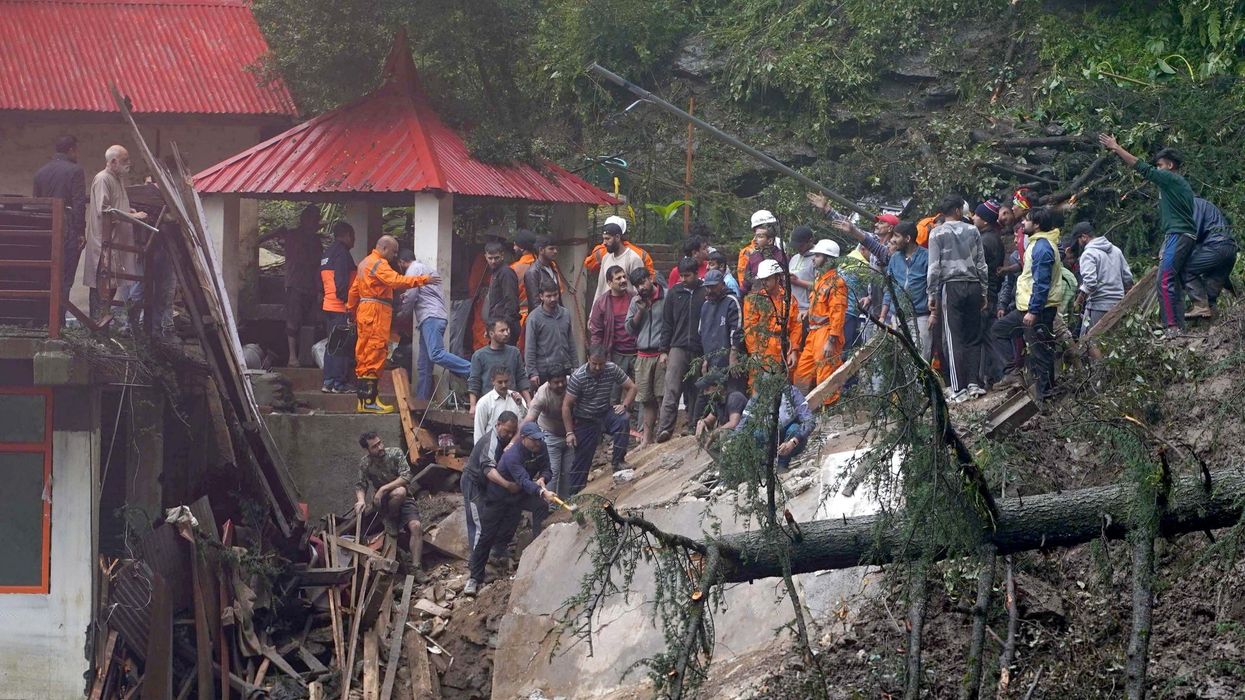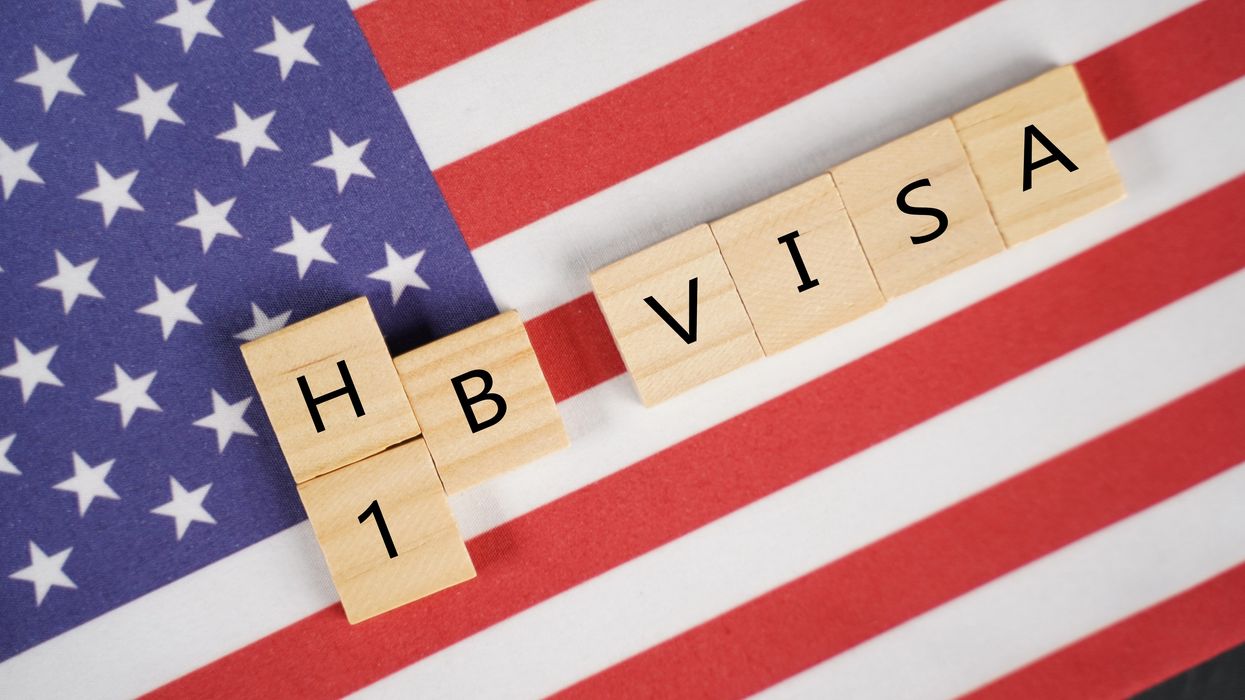Rescuers conducted searches on Tuesday (15) for individuals who were potentially unaccounted for in the wake of floods and landslides that have resulted in the death of at least 58 in India, including nine who were killed in the tragic collapse of a well-known temple in Shimla.
Days of torrential downpours have washed away vehicles, demolished buildings, and destroyed bridges in the Himalayas.
Flooding and landslides are common and cause widespread devastation during India's treacherous monsoon season, but experts say climate change is increasing its frequency and severity.
Fifty people have been killed in Himachal Pradesh since Sunday, with thousands more stranded after disruptions to roads, power lines and communication networks.
"As many personnel as possible are being deployed in relief and rescue work," state chief minister Sukhvinder Singh Sukhu said in a statement late Monday (14).
"Work will continue on a war-footing to provide relief to the people."
Sukhu said earlier that up to 20 others were feared trapped under rubble after landslides, and appealed to residents to stay indoors and avoid going near rivers.
Images from hard-hit areas in Himachal Pradesh showed bodies being pulled out of piles of dark earth that had crushed buildings and smashed roofs.
Railway lines were seen dangling in midair, the ground beneath them washed away.
At least nine people died when a landslide triggered the collapse of a Hindu temple in state capital Shimla, with officials fearing more were trapped underneath the rubble.
Sukhu said the state would scale down Tuesday's annual celebrations of Independence Day, which marks the end of the British colonial era, to concentrate on rescue efforts.
Prime minister Narendra Modi, speaking from the Red Fort in New Delhi for his annual holiday address, said that recent natural disasters had caused "unimaginable troubles" for families across the country.
"I express my sympathies towards all of them and I assure them that state and central governments will work together," he told the crowd.
- Yoga retreat -
At least eight more people have also been killed since Friday (11) in neighbouring Uttarakhand state.
Rescue teams there raced to remove debris after people were feared buried when heavy rainfall triggered landslides.
Five people were buried when a landslide hit a resort near the popular yoga retreat of Rishikesh on the banks of the river Ganges.
Several riverside towns and villages in both states were at risk of flash floods from the heavy rain forecast in the region.
The monsoon brings South Asia around 80 per cent of its annual rainfall and is vital for both agriculture and the livelihoods of millions. But it also brings destruction every year in the form of landslides and floods.
Days of relentless monsoon rains killed at least 90 people last month, while the capital New Delhi saw the Yamuna river -- which snakes past the megacity -- record its highest levels since 1978.
(AFP)













